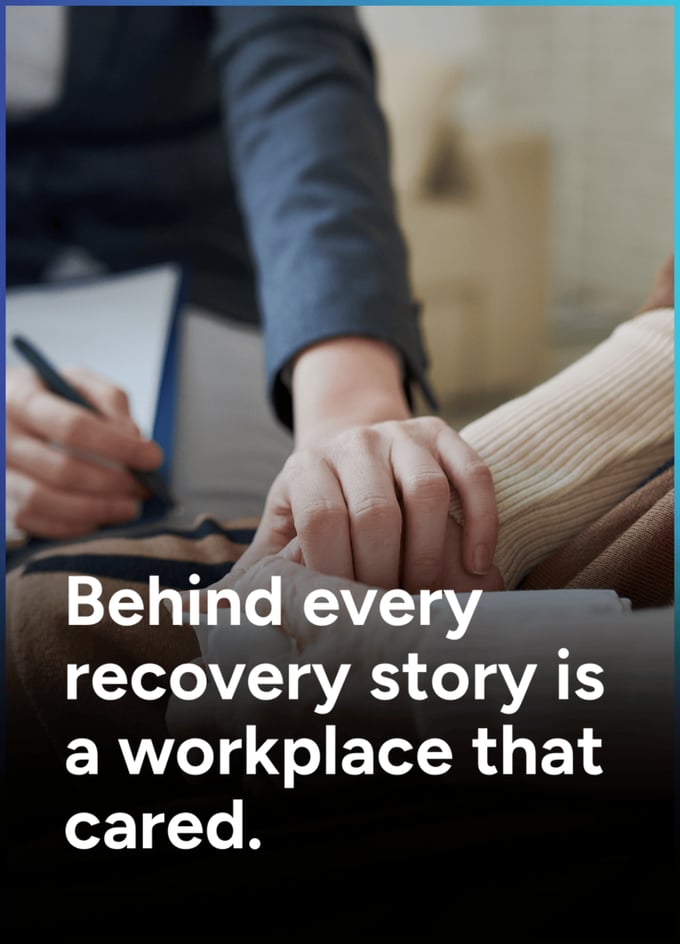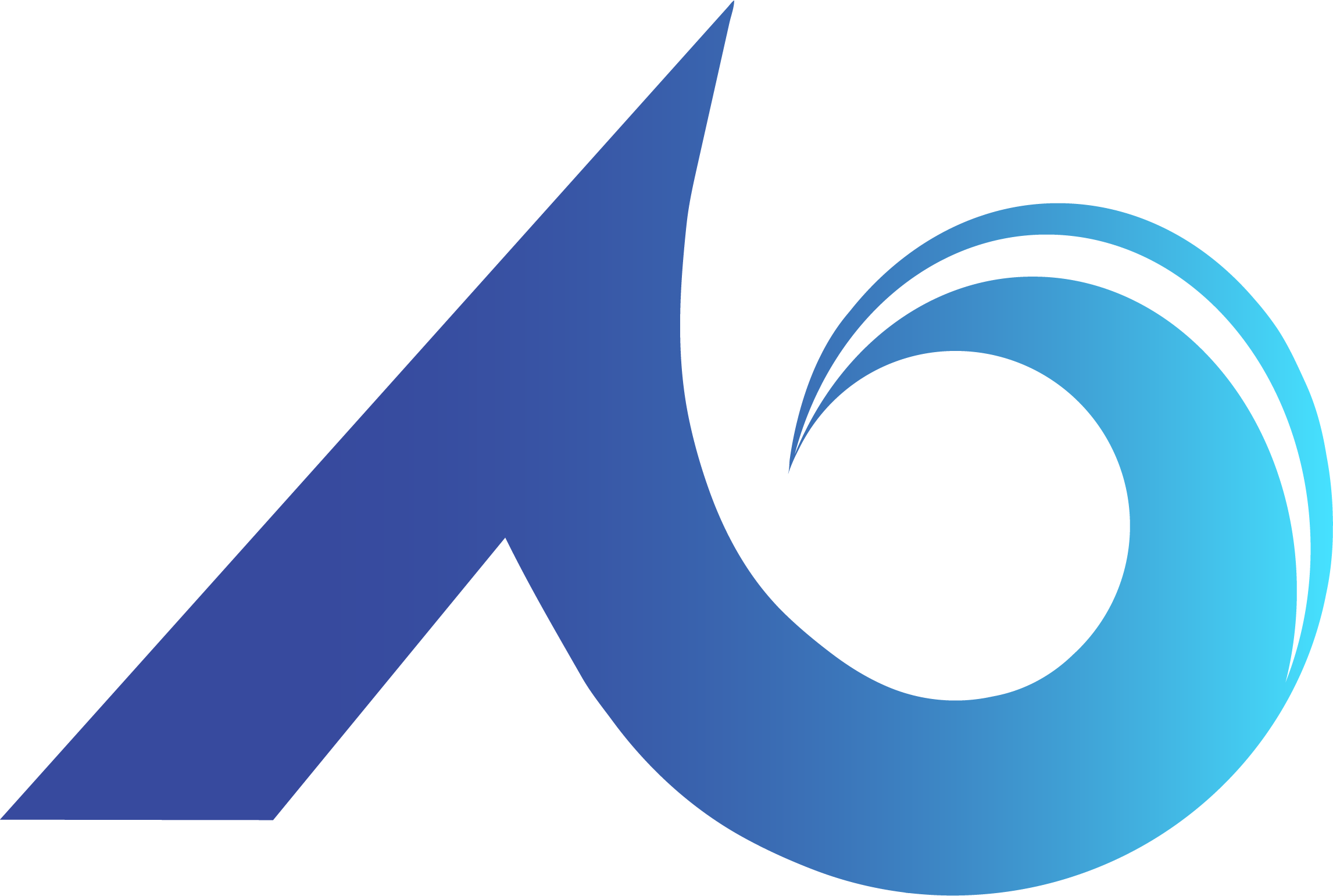From Struggle to Strength: Creating a Recovery-Friendly Workplace


Addiction and substance use aren’t just “out there” issues; they’re already in your workplace. You may not see it, you may not hear about it, but the reality is this: about two-thirds of adults with a substance use disorder are employed. That means the odds are high that someone in your team is either navigating recovery or struggling in silence.
Here’s the thing: recovery isn’t about weakness. It’s about resilience. It’s about people showing up to work every day fighting for their health, their families, and their future. And when workplaces choose to support them, they’re not just doing the right thing , they’re creating safer, stronger, and more productive teams.
With September recognized as National Recovery Month, now’s the perfect time to put this conversation front and center. Let’s talk about why it matters, what’s getting in the way, and how leaders like you can build workplaces that champion recovery.
Here’s why ignoring recovery is costing you more than you think
Workplace safety and employee well-being go hand in hand. Substance use disorders (SUDs) don’t just affect the individual , they ripple through every corner of a business. We’re talking about:
- Safety risks: impaired judgment on the floor can lead to accidents.
- Productivity losses: absenteeism and presenteeism chip away at team performance.
- Turnover costs: untreated issues push skilled employees out the door.
And then there’s stigma, the silent productivity killer. When employees fear judgment, they stay quiet. They don’t ask for help. They mask struggles until something breaks, whether it’s their health, their performance, or both. The truth is, your employees aren’t problems to be fixed. They’re people who want to succeed, people who deserve support, and people who can thrive when given the right tools.
Feeling unsure how to even start this conversation? You’re not alone
If you’re in HR or leadership, chances are this topic makes you squirm a little. You’re not alone. Here are the most common struggles we hear about:
- Fear of saying the wrong thing. What if I offend them? What if I make it worse?
- Balancing compliance, safety, and compassion. How do I follow policy while also being human?
- Uncertainty around resources. Do we even have programs in place? What do I point them to?
It’s a tough balancing act. But here’s the good news: perfection isn’t required. Compassion and clear communication go a long way , and there are tools you can use (hello, Recovery Support Kit) to make this easier.

Picture this: your employees feel safe speaking up, your leaders know how to respond, and your resources aren’t buried six clicks deep on the intranet. That’s what a recovery-friendly workplace looks like.
- Open communication. Employees can bring up challenges without fear of being penalized.
- Clear policies. Substance use support is baked into HR policies, not buried in fine print.
- Accessible resources. EAP info, helplines, and local support networks are easy to find.
- Trained leaders. Supervisors can spot early warning signs and respond with care, not criticism.
- Peer empowerment. Coworkers know recovery is strength, not shame.
Want to support recovery today? Start with these simple moves
- Use better conversation starters. Try, “I’ve noticed you seem different lately , how are you doing?” instead of “What’s wrong with you?”
- Review your policies. If your handbook reads more like a punishment manual than a support guide, it’s time for an update.
- Make resources easy to find. Don’t let EAP numbers collect dust. Post them where employees actually look.
- Train supervisors. Give leaders scripts and confidence for tough talks.
- Celebrate wins. With permission, recognize milestones , whether that’s six months, one year, or simply showing up every day.
Want proof? Just listen to the people living it
Let’s not forget the heart of this: recovery is possible, and workplaces can make a difference.
Here’s a short story we’ve heard (shared anonymously):
“When I finally felt safe enough to tell my manager I was in recovery, I braced for the worst. Instead, I got support and encouragement. That moment changed everything , I felt like I wasn’t just an employee, but a person who mattered. And that gave me the strength to keep going.”
Recovery is resilience. And resilience is what every strong workplace is built on.

Want to turn these ideas into action?
Download our free Workplace Recovery Support Kit. It’s packed with practical tools, conversation starters, and checklists to help HR and leaders create a culture that truly supports recovery.
Ready to make your workplace recovery-friendly? Here’s your next step
Recovery in the workplace isn’t a “nice to have.” It’s essential , for safety, for well-being, and for business success. HR and leadership don’t need to have all the answers, but they do need to open the door, start the conversation, and share resources.
References
Occupational Safety and Health Administration (OSHA) – Drug Free Workplace Alliance
Federal Motor Carrier Safety Administration (FMCSA) – Controlled Substances and Alcohol Use Testing
Federal Motor Carrier Safety Administration (FMCSA) – Implementation Guidelines for Alcohol and Drug Regulations




